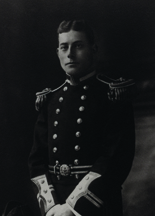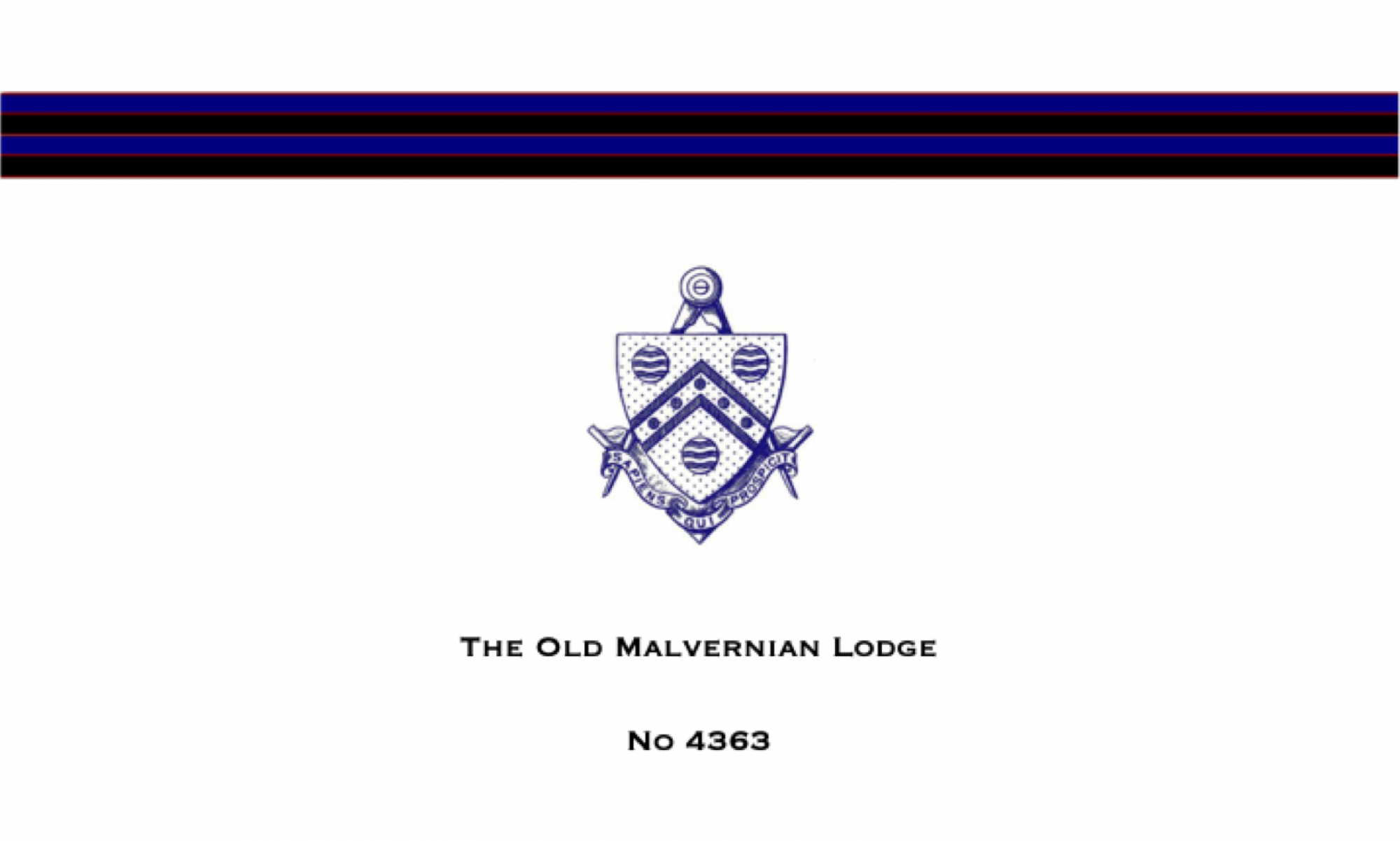
“Frank Searle was loved by all who knew him, and was never known to say an unkind word about anyone. He had a fine character, a cheery nature, and was always ready to help those in need. A keen yachtsman, he would go sailing when no other yacht would dare venture out.” He was Surgeon on H.M.S. Good Hope, which was lost with all hands in action off the Coast of Chile.’ (the Malvernian Dec 1914)
Born in 1884 and known as Frank, he was the son of C Searle.
He went to Malvern between 1899 and 1902 and was in House No 1. Shell saw him in the Science Form and he represented his house on the football pitch. After Malvern he went up to London and studied at Bart’s, earning his MRCS and LRCP in 1908 and MB and BS in 1909. He was appointed a surgeon in the Royal Navy the same year. He was a member of the Constitutional Club.
He served in Good Hope and was lost with her in action off Chile during the battle of Coronel.
The Battle of Coronel took place on 1 November 1914 off the coast of central Chile near the city of Coronel. German Kaiserliche Marine forces led by Vice-Admiral Graf Maximilian von Spee met and defeated a Royal Navy squadron commanded by Rear-Admiral Sir Christopher Cradock. Although Spee had an easy victory, destroying two enemy armoured cruisers for just three men injured, the engagement also cost him half his supply of ammunition, which it was impossible to replace.
Shock at the British losses led to an immediate reaction and the sending of more ships which in turn destroyed Spee and his squadron at the Battle of the Falkland Islands. Two British armoured cruisers, HMS Monmouth and HMS Good Hope were sunk with the loss of nearly 1600 men.
HMS Good Hope was sunk along with HMS Monmouth by the German armoured cruisers Scharnhorst and Gneisenau with the loss of her entire complement of 900 hands. She was an armoured cruiser manned by a crew of reservists and cadets and was the flagship of Rear Admiral Sir Christopher Craddock commanding a squadron of ageing ships.
Monmouth and Good Hope both sank with a combined loss of 1,570 lives. There was no survivor from either ship. In total 33 Freemasons lost their lives at the Battle of Coronel.
Frank was made a mason by Rahere Lodge No 2546, a medical lodge, whilst studying at Bart’s in 1906, being initiated passed and raised in the same year.
He was 29.
